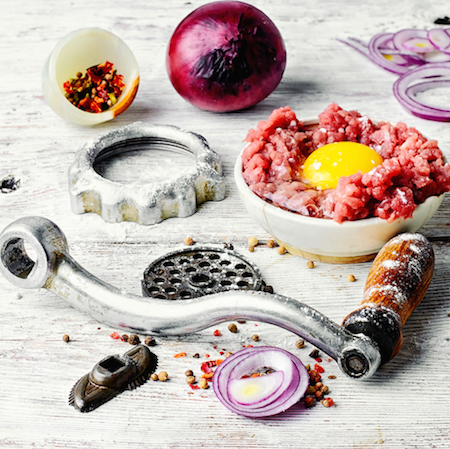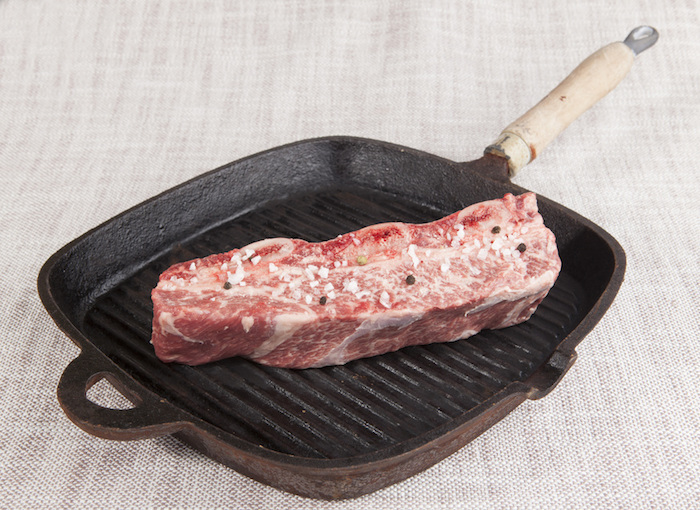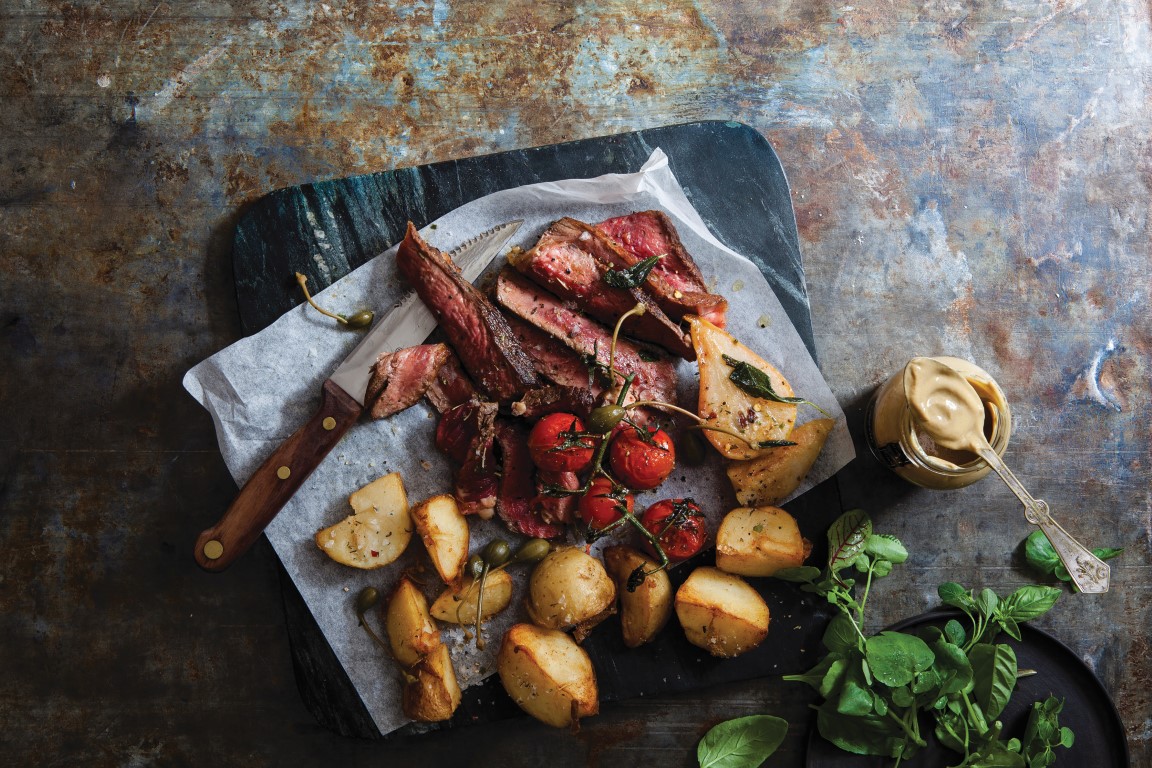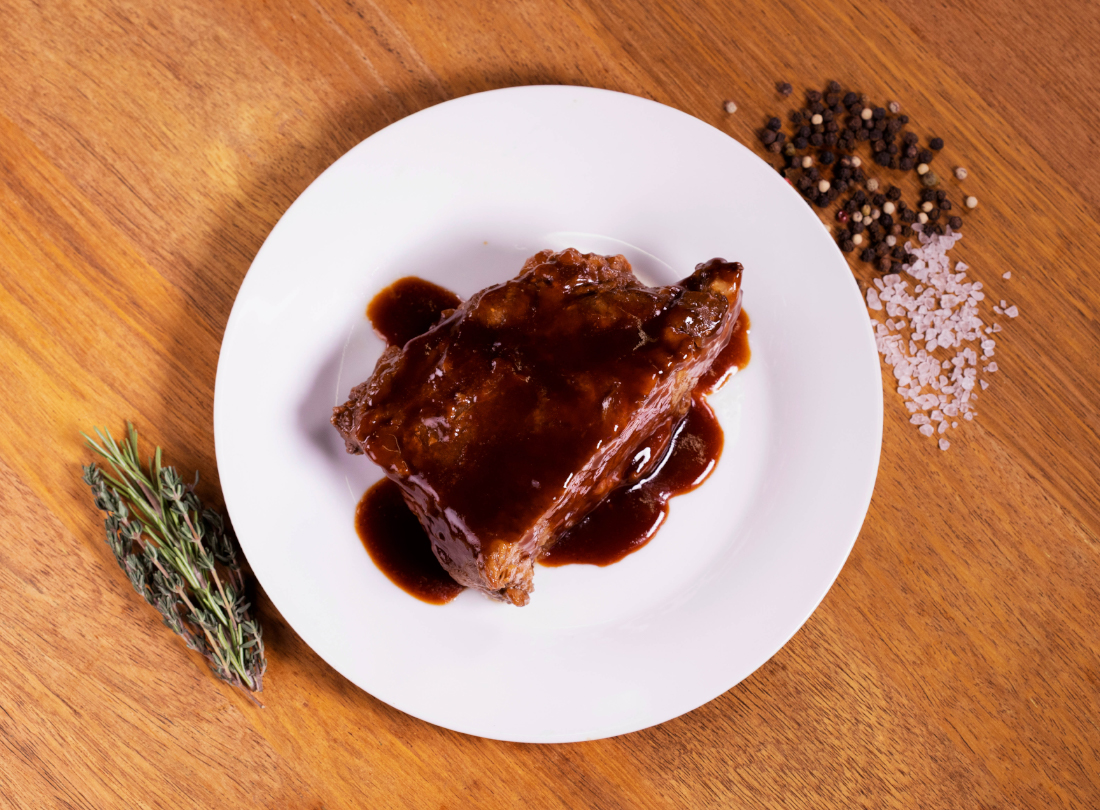

If you consider yourself true beef lover, you should have these handy beef tools in your kitchen. Trust us, they will make preparing, cooking and carving your beef a whole lot easier.
A Sharp Carving Knife
If you love roast dinners, you need to add a carving knife to your kitchen collection. Carving knives have thinner spines than regular knives, and this allows them to make thin and precise cuts. They are designed to minimise the pushing or pressing motion on meat, as this motion causes uneven cuts and disrupted texture. Roast beef, lamb, chicken, pork – a carving knife will allow you to carve all meats effortlessly. Tip: Get a sharpener for your carving knife so that it will stay sharp for years to come!
A Thermometer
Using a thermometer is the easiest and most accurate way to ensure safe and expertly cooked beef, every time. If you love steak or roasts, a thermometer will make your life much easier.
There are 3 basic types of meat thermometer:
Oven-proof leave-in thermometer
These thermometers are perfect for roasts. To use: Insert the thermometer into the thickest part of the meat and leave it there during cooking.
Instant-read thermometer
These are lightweight with a thin probe. To use: Insert the probe into the thickest part of the steak or roast (once cooked) and leave for around 30 seconds until the temperature measures accurately.
Digital Probe Thermometer
These thermometers have a thin sensor that probes the meat and remains in the roast during cooking. The sensor is attached to a wire that runs out of the oven door to a small unit that gives constant updates about the internal temperature of the meat. The main benefit of this thermometer is that the oven door can remain closed while you are checking the temperature, so no heat will be lost during cooking.
Regardless of which thermometer you use, when your meat is done (be it a steak or a roast), the internal temperature should be:
- Rare 60ºC
- Medium rare 60-65ºC
- Medium 65-70ºC
- Medium well done 70ºC
- Well done 75ºC
To achieve the desired temperature, remove meat from the heat when it is just shy of the temperatures listed above. As you let the meat rest, the residual heat will finish off the cooking.
To see some more tips for using a meat thermometer, see this Australian Beef page.
A Meat Grinder

If you’ve never tasted a homemade burger or homemade sausages, you need to seriously reconsider your life choices. Get yourself a grinder and let those creative (and beefy) juices flow.
Benefits of a meat grinder:
- Better quality, better tasting and leaner mince that is ground fresh.
- No guesswork about the quality of the mince.
- Choose the cuts of meat that make up your mince – create your own signature blend.
- Save money.
- Mincing is quick and easy – takes just 2 minutes to make enough burgers for about 6 people.
- Easy to clean – most grinders can be broken down and put into the dishwasher.
A Cast Iron Pan


Believe it or not… the best steak you’ll ever taste might not come from the grill. It might come from a cast iron skillet. Cast iron pans are:
- Long lasting – the more you cook with your cast iron pan, the longer it will last.
- Harmless – they don’t contain synthetic or potentially harmful chemicals like their non-stick counterparts. If treated well (using oil), cast iron pans become naturally non-stick.
- Perfect for cooking steaks, as they provide a delicious sear and cook very evenly thanks to their heat distribution.
Things to watch out for when cooking with a cast iron pan:
- The handles of cast iron pans become very hot – always use an oven mitt when gripping the handle.
- They are very heavy!
Want some more beefy tips? Check out our steak cooking guide, our guide to Australian beef cuts and our tips for handling, storing and preparing beef safely.
 Return to News
Return to News

















